From June 29, a nearly 100-hectare sea sand mine in Soc Trang was officially exploited to serve the North-South expressway project in the 2021-2025 period, section Can Tho - Hau Giang and Hau Giang - Ca Mau. The implementing unit is VNCN E&C Construction and Engineering Investment Joint Stock Company.
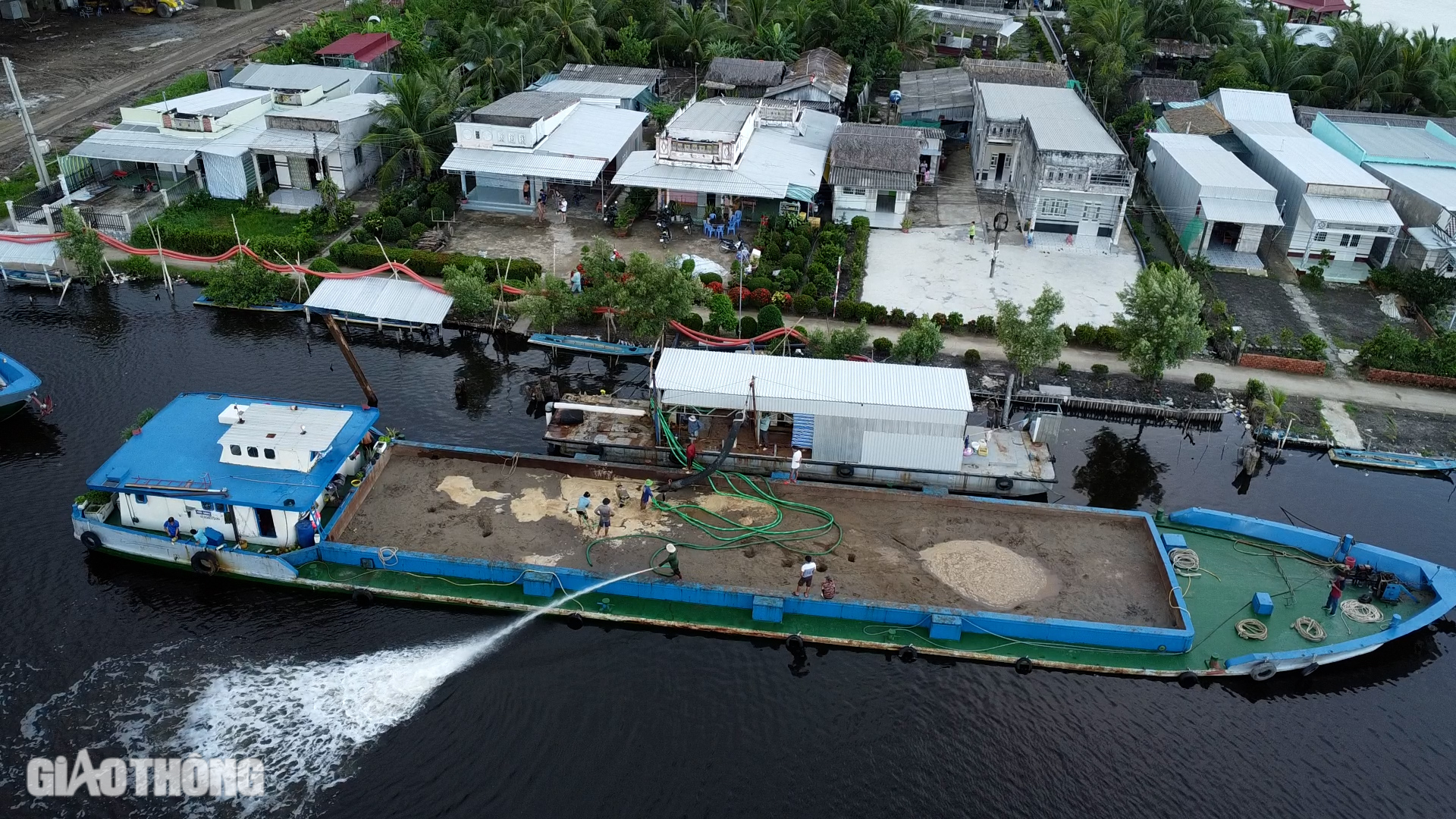
Sea sand is brought to the assembly line of the XL02 construction package, Hau Giang - Ca Mau expressway, section through Thoi Binh district, Ca Mau province.
Two days and two nights of bringing sea sand to the construction site
According to the reporter's records, the sand mine area in Sub-areas B1.1 and B1.2 is located about 40km from the mainland, in the sea area of Soc Trang province.
This is the first sea sand mine put into operation to serve the construction of the Can Tho - Ca Mau expressway. (section from Hong Dan district, Bac Lieu province and section through Thoi Binh district, Ca Mau province).
At the XL02 construction site (Thới Bình District, Cà Mau Province), reporters recorded that the contractor mobilized dozens of vehicles such as barges and suction vessels, while workers were busy operating large machinery. This 9km long package required about two million cubic meters of sand for the foundation. So far, sea sand has been brought in two batches with about 4,300 cubic meters.
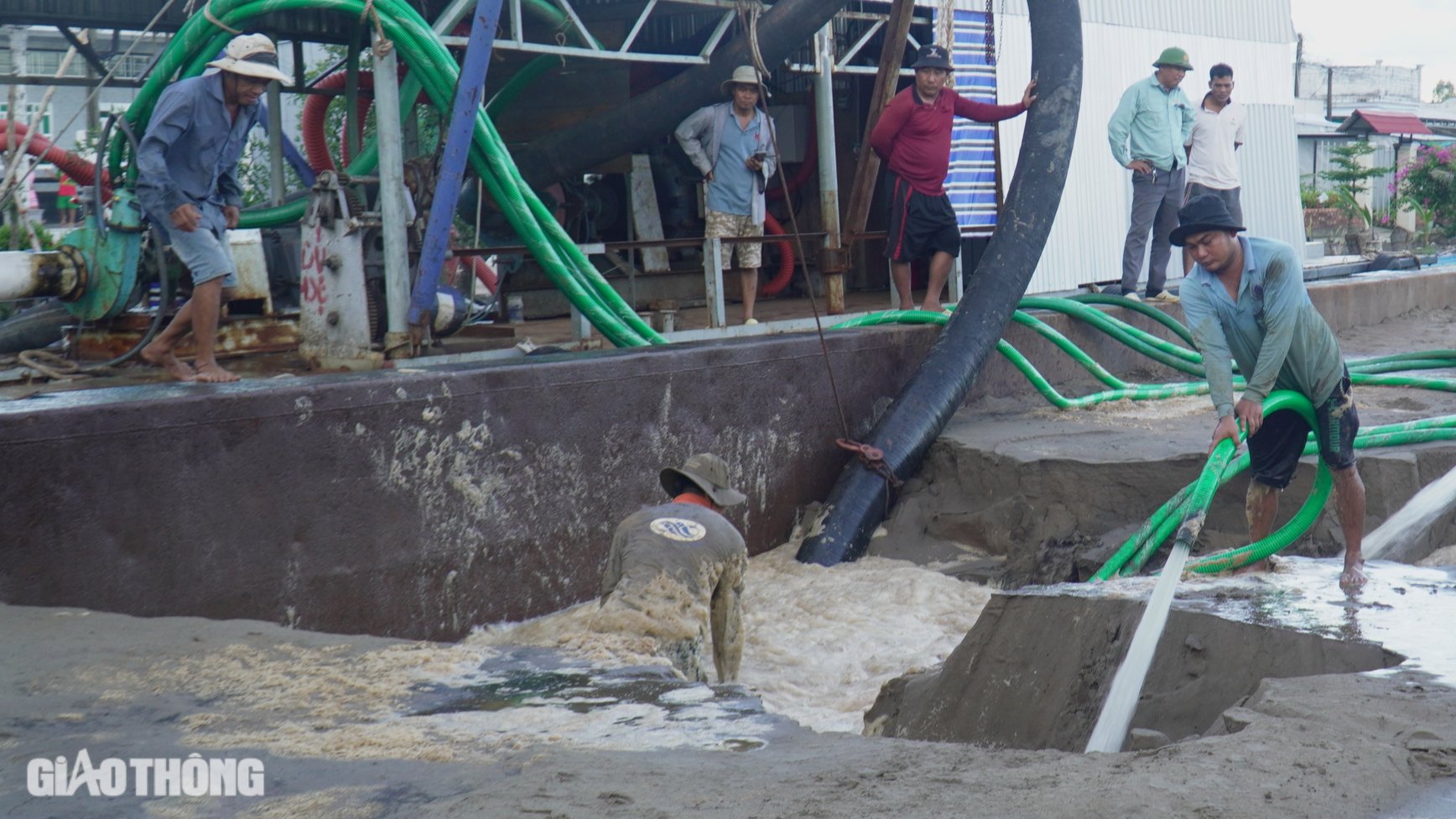
The construction unit mobilized 5 sand pumping teams with about 60 people operating pumps and carrying pipes to bring sea sand to the construction site.
Mr. Kieu Quoc Thanh, the captain of the barge carrying the first 600m3 of sea sand from Tran De estuary (Soc Trang province) to the final section of the highway in Ca Mau province, said that from Tran De port to here, it took about two days and two nights, the barge moved at a speed of 10 - 12km/h.
"Waiting at sea to transfer to the other side was very difficult due to strong currents and big waves. After collecting sand, the barge stopped to wait for the shipping papers to be issued, which took about a week," said Mr. Thanh.
He said that at sea, there are turtle boats that suck sand up and bring it to Tran De port, then pump it to a barge, and when the quantity is enough, it stops. With a journey of more than 100km, the barge consumes more than 800 liters of oil.
"After transferring to the other side, the barge followed the Hau River to Can Tho, then passed Vi Thanh, down the Chac Bang River, through the Huyen Su canal and arrived at the construction site," Mr. Thanh shared about his journey.
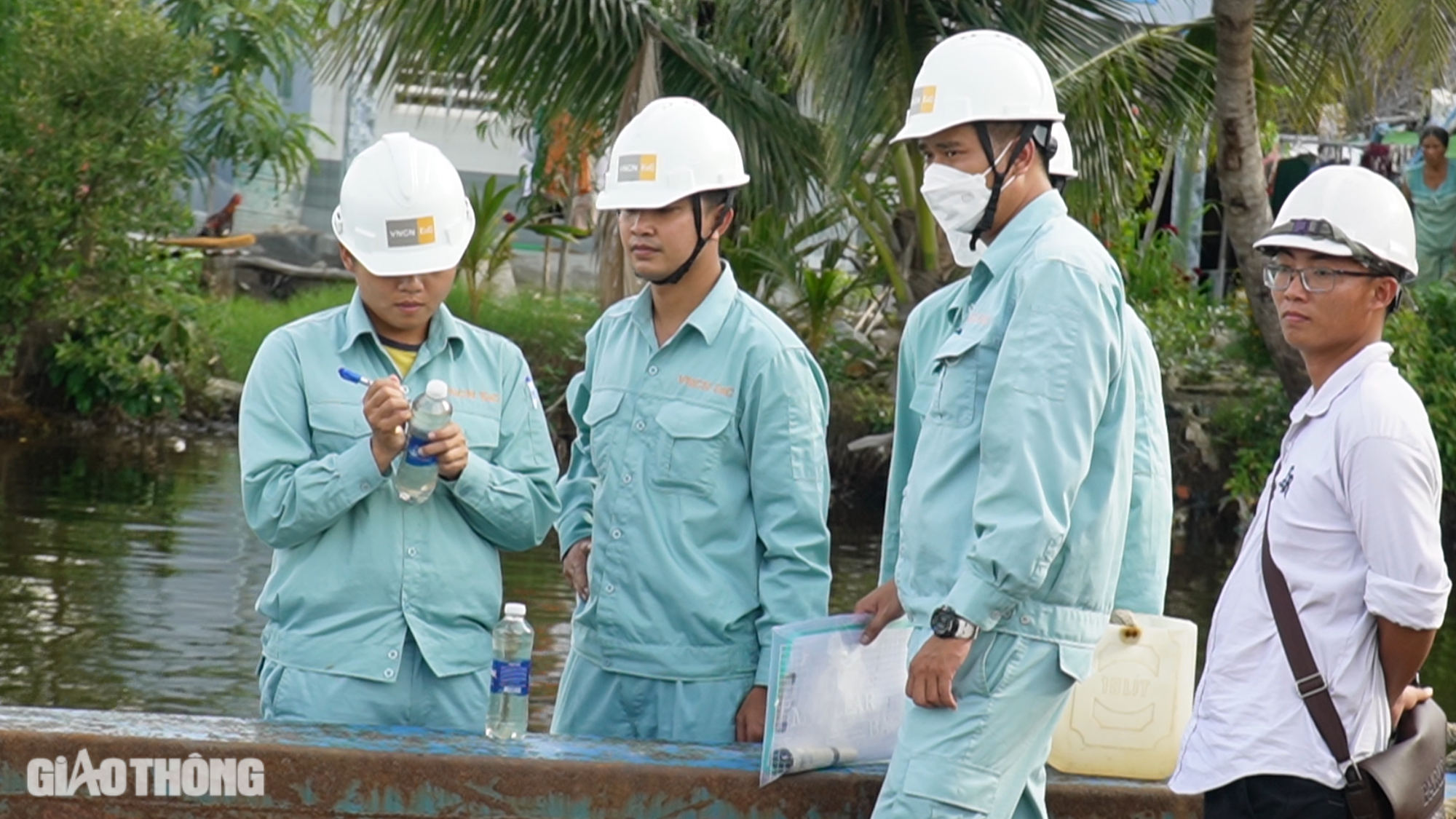
Construction supervisors carefully checked saltwater samples from Huyen Su canal and people's ponds along both sides of the highway before pumping sand from barges to the construction site.
Double joy
Mr. Pham Van Linh, construction supervisor of VNCN E&C Construction and Engineering Investment Joint Stock Company, part of the XL02 construction package, shared that when the sea sand is sucked up, fresh water will be pumped in to dilute the salinity.
Video: The captain recounts the journey of bringing the first 600m3 of sea sand to the Can Tho - Ca Mau highway, the final point in Ca Mau.
When the sea sand arrived at the construction site, the actual salinity measured fluctuated around 10 - 15‰, close to the salinity in the ponds of people on both sides of the route. Currently, two batches of sea sand have leveled the main route about 200m.
"As soon as the sea sand arrived at the construction site, not only the contractors but also the construction teams were very excited. The joy was doubled, the brothers had work to do and also relieved the thirst for sand for building the foundation in the past time," said Mr. Linh.
According to Mr. Linh, when the sand source arrived, the construction unit divided into "3 shifts, 4 teams" to speed up the progress three times compared to the time when there was a sand shortage to make up for the missing volume.
"When the sand barge arrives, everyone works continuously until about 10pm, and then continues pumping at 5am the next morning.
Just like that, the first 4,000 cubic meters of sea sand for the foundation were brought straight to the construction site. The brothers worked with determination and tirelessness," Linh shared.
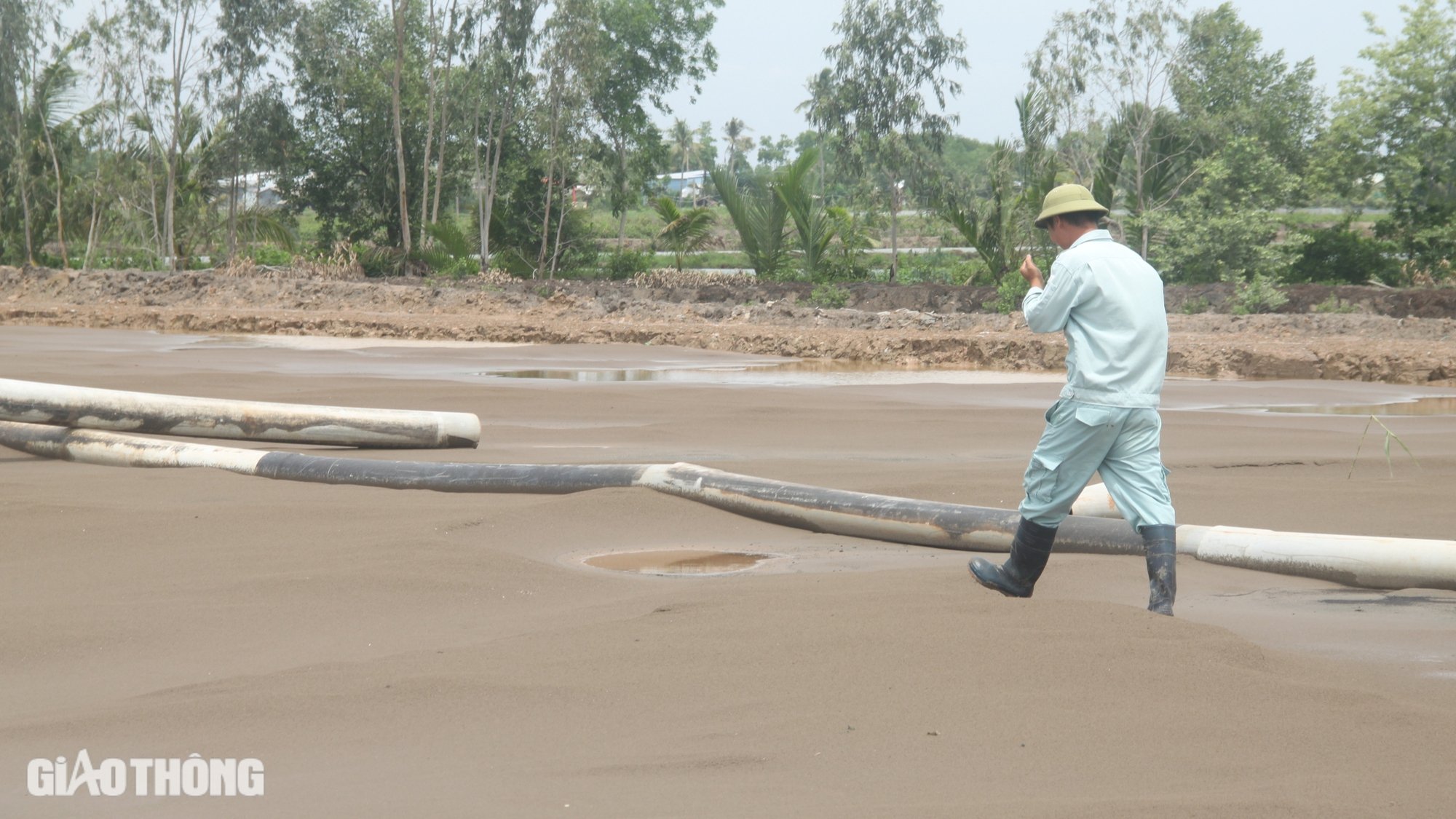
A section of sea sand pumped onto the Can Tho - Ca Mau highway (section through Thoi Binh district, Ca Mau province) is about 200m long.
To speed up the sand pumping progress, the construction unit deployed two parallel sand pumping pipelines (the nearest pumping location is about 300m away, the longest is about 4 - 5km), mobilizing 5 pumps, each with 10 - 12 workers, pumping and moving the sand pipes. The average daily capacity can pump from 7,000 - 10,000m3 to the construction site.
"We are trying to complete the loading by December 2024 and open the traffic in 2025. With a pumping capacity of 10,000m3 of sand/day, equivalent to about 16-20 barges, to rotate about 3-4 days with a return trip, the contractor will mobilize 70-80 barges for transit," Mr. Linh added.
Mr. Do Minh Chau, representative of VNCN E&C Construction and Engineering Investment Joint Stock Company, said that the unit uses the exploitation method by running the suction nozzles of the turtle ship along the sand surface on the seabed.
With 6 million m3 of sand, the unit will exploit for 6 months. Registered capacity is from 35,000 - 50,000 m3/day, time from 7am - 5pm daily, no exploitation at night.
After being pumped up, the sea sand is loaded onto barges and transported to shore along Dinh An channel. Next, the sand is transported by barges with a capacity of 2,000 - 3,000m3 to the assembly area to be brought to the construction site.
The Can Tho - Ca Mau Expressway is 110km long, with connecting routes of about 25km, and a total investment of more than VND27,200 billion. The total demand for sand for the project is about 18.1 million m3; of which 9.1 million m3 is needed in 2023 and 9 million m3 in 2024.
According to the My Thuan Project Management Board, the entire project has mobilized 2,800 engineers and workers to deploy 237 construction teams to synchronously construct 110km of main routes, 117 bridges and 11 intersections. To date, the progress has reached more than 34% of the plan, 14% behind schedule.
Source: https://www.baogiaothong.vn/nhung-khoi-cat-bien-dau-tien-ve-cong-truong-cao-toc-hau-giang-ca-mau-192240717141343188.htm





![[Photo] Prime Minister Pham Minh Chinh receives Mr. Jefferey Perlman, CEO of Warburg Pincus Group (USA)](https://vstatic.vietnam.vn/vietnam/resource/IMAGE/2025/4/18/c37781eeb50342f09d8fe6841db2426c)

![[UPDATE] April 30th parade rehearsal on Le Duan street in front of Independence Palace](https://vstatic.vietnam.vn/vietnam/resource/IMAGE/2025/4/18/8f2604c6bc5648d4b918bd6867d08396)
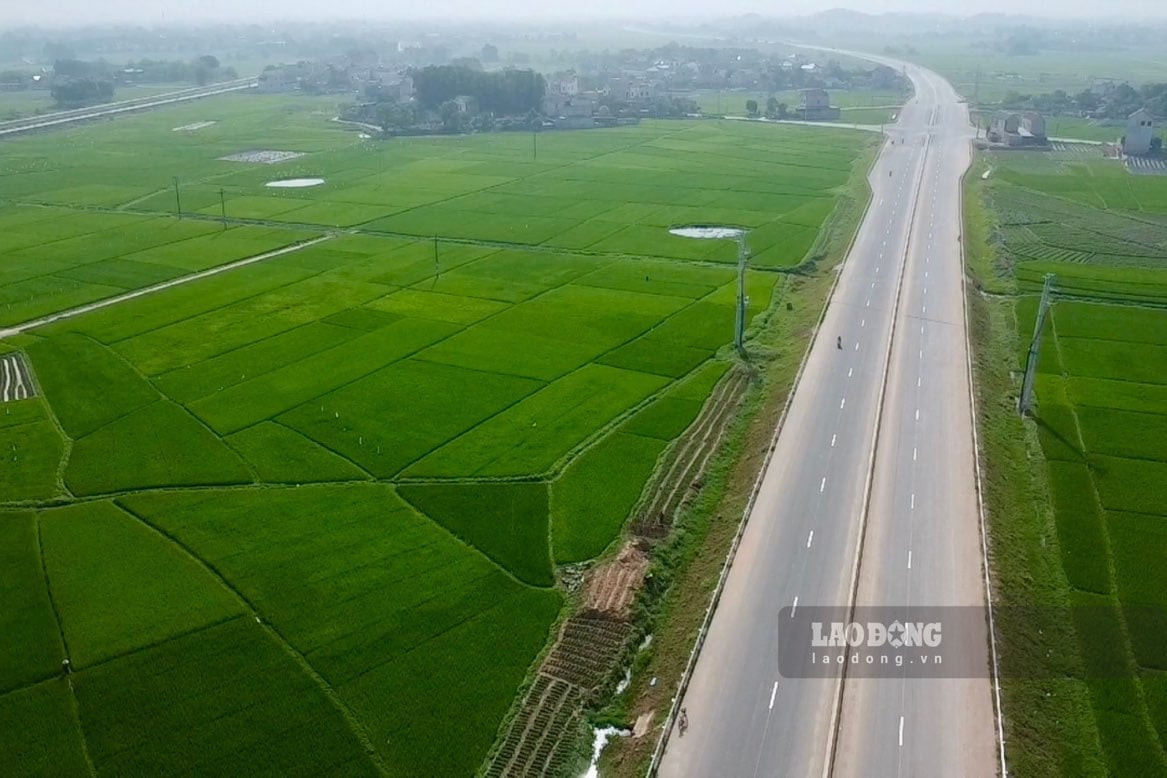



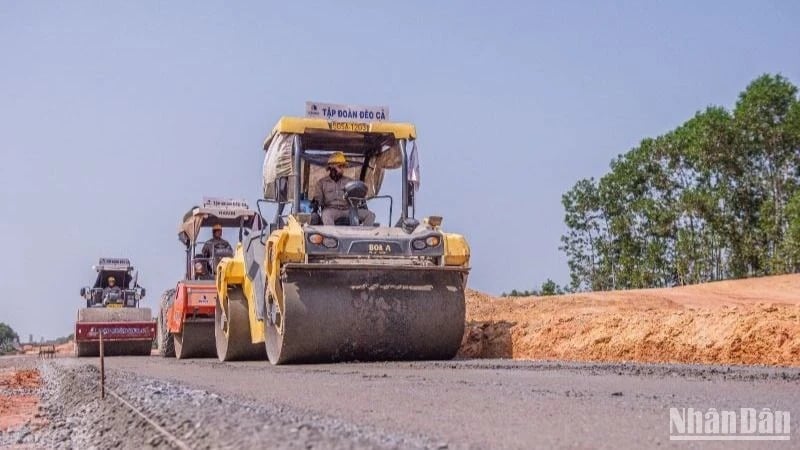

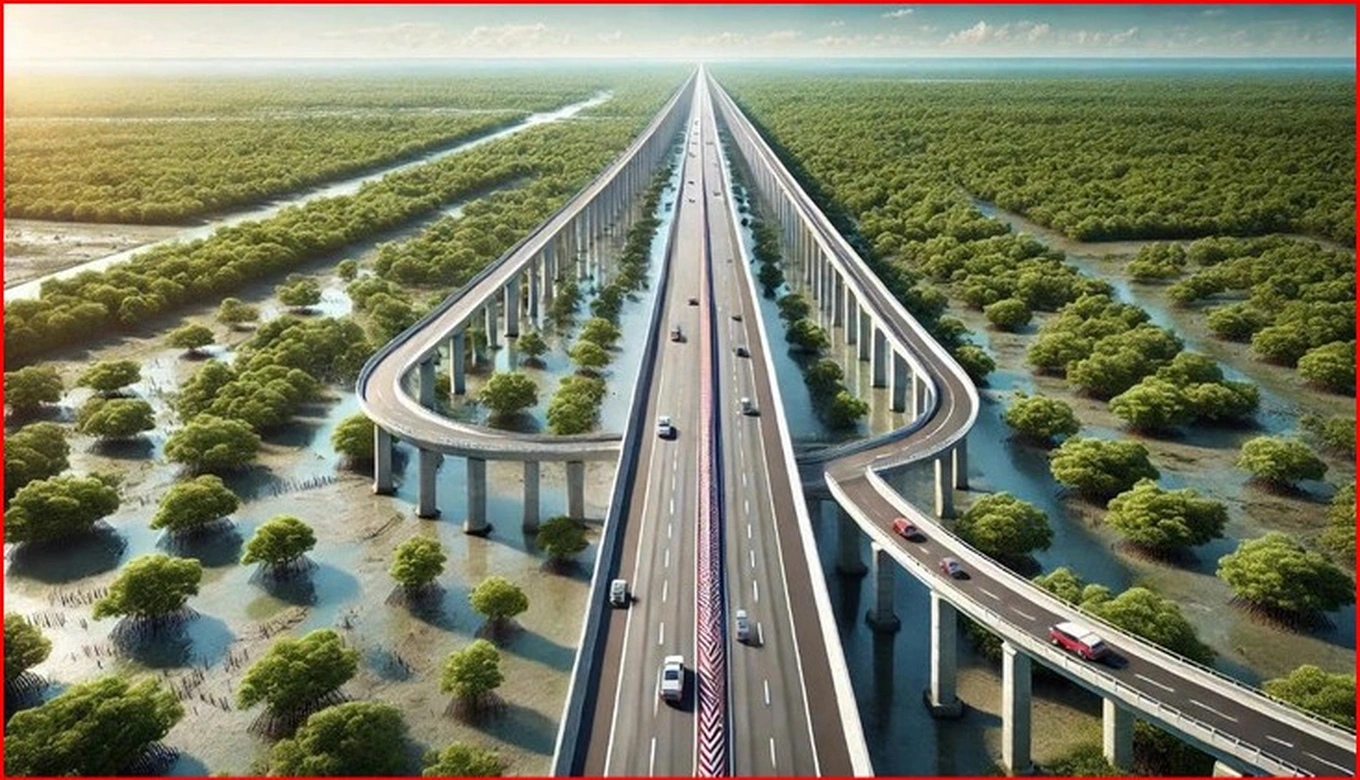





















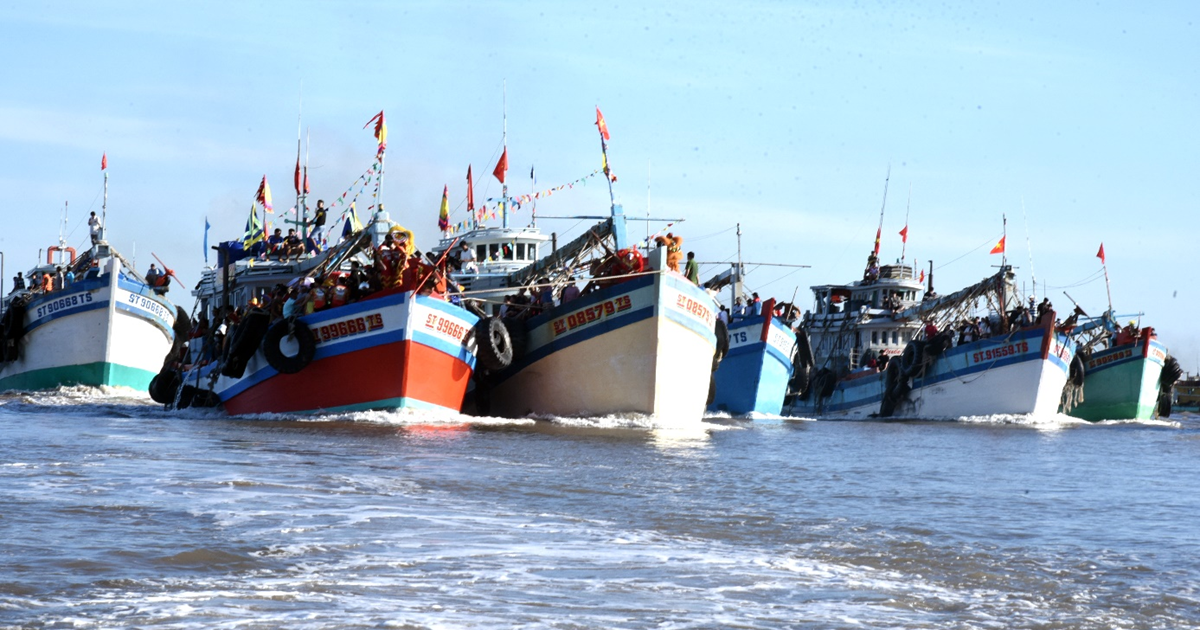



















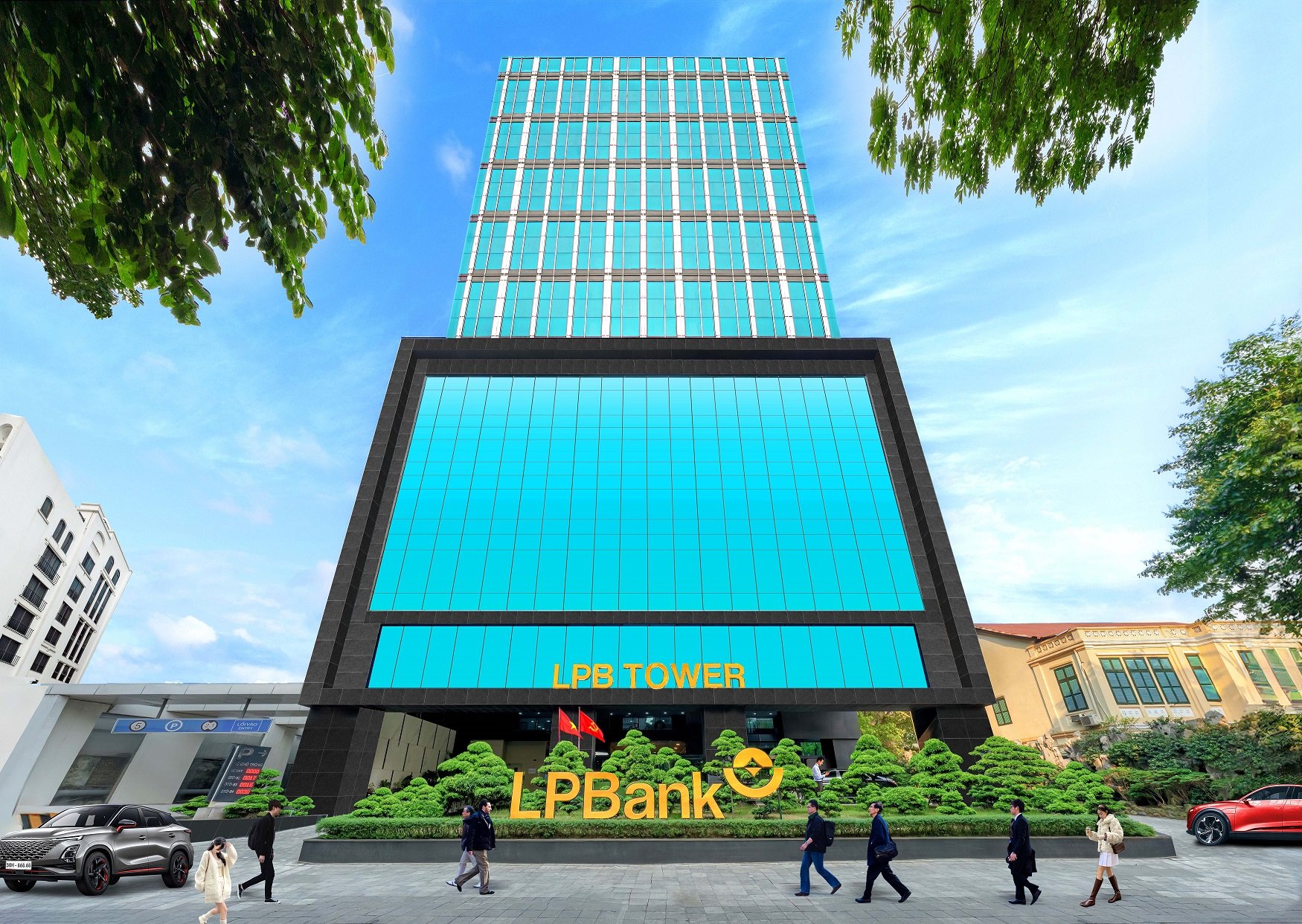






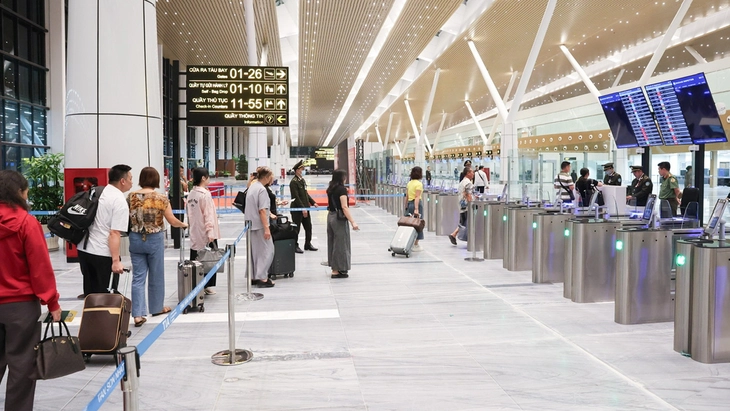


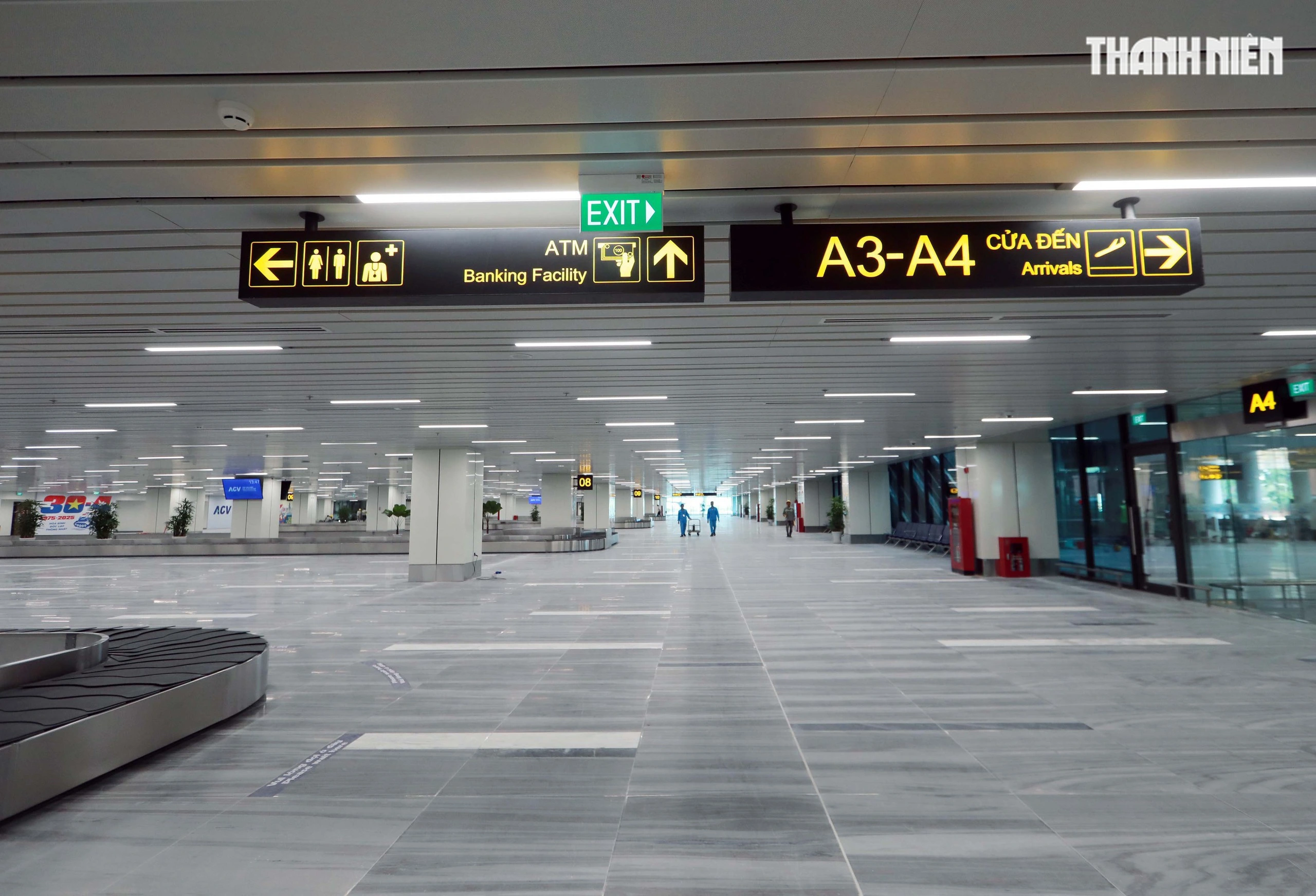



























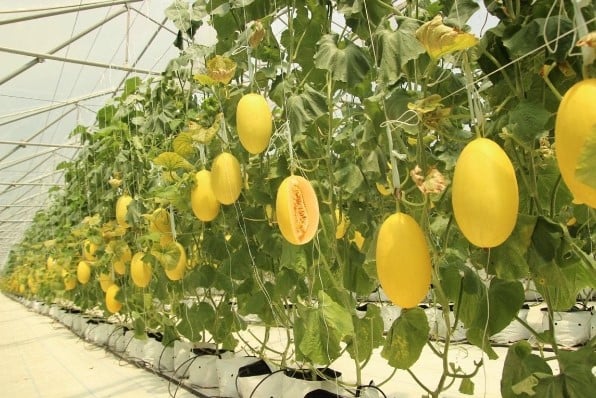
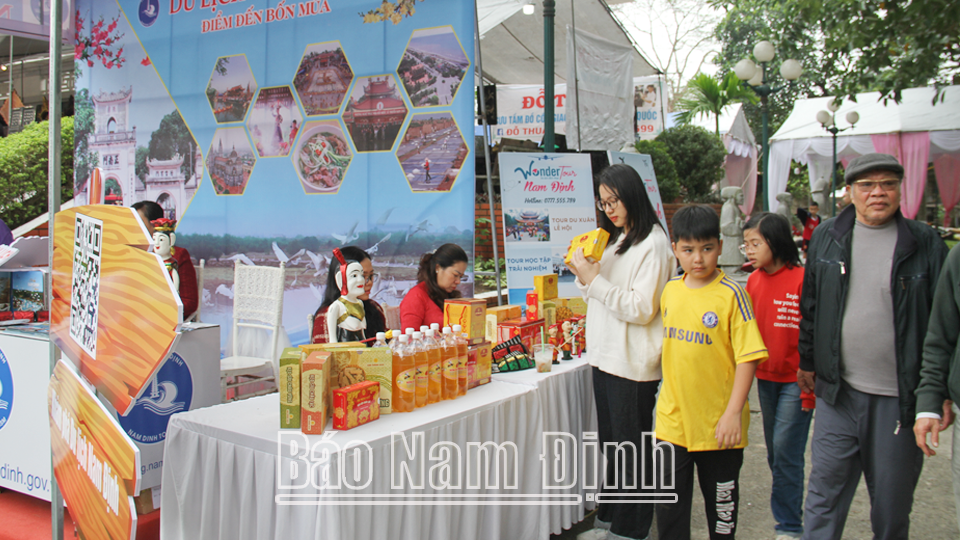




Comment (0)